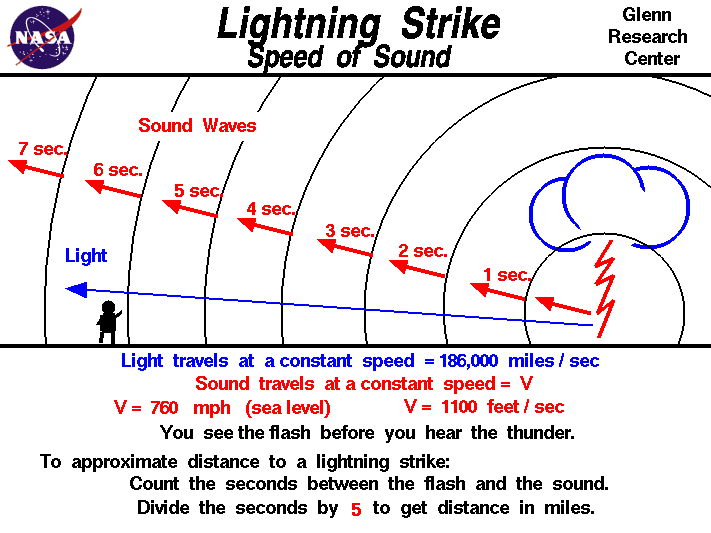The noise that is thunder is created when the air around lightning gets rapidly heated and expands at a rate faster than the speed of sound

The Science Behind Thunder: How Lightning Creates the Roaring Noise

Lightning, one of nature’s most captivating and elusive phenomena, has fascinated humans for centuries. Alongside the awe-inspiring sight of electric charges crackling across the sky, thunder’s booming sound adds further mystique to thunderstorms. But have you ever wondered how lightning generates such a mighty roar?
Thunder is the result of a rapid heating and expansion of the air surrounding a lightning bolt. When a bolt of lightning cuts through the sky with its immense electrical discharge, the high temperature generated by this intense flow of electricity instantly causes the surrounding air to heat up as well.
As the air becomes superheated, it expands at an incredibly rapid rate, faster than the speed of sound. This sudden expansion results in a shock wave known as a sonic boom - the same phenomenon experienced when an airplane breaks the sound barrier. This shock wave rapidly travels through the air, creating the distinct rumbling sound we know as thunder.

The intensity and characteristics of thunder can vary depending on various factors. One crucial aspect is the distance between the observer and the lightning strike. Sound travels relatively slowly compared to light, so if you see a lightning bolt and count the number of seconds until you hear the thunder, you can estimate how far away it occurred. Each second equates to about 343 meters or 1,125 feet of distance.
Furthermore, environmental conditions and the unique geography of an area can influence the sound of thunder. In some instances, an inversion layer, where a layer of warm air traps cold air beneath it, can form at a particular height in the atmosphere. When lightning occurs within this inversion layer, the sound waves are refracted downwards, resulting in the thunder being heard much farther away than under normal circumstances.
Scientists study thunder not only to unravel the mysteries of nature but also to better understand and predict severe weather conditions. By analyzing the time delay between a lightning flash and the accompanying thunder and factoring in the speed of sound, meteorologists can estimate the storm’s distance, providing valuable information for safety and forecasting purposes.
Next time you witness a spectacular lightning display, take a moment to appreciate the wonders of nature and the intricate science behind the thunderous applause. Understanding the fundamental principles of thunder not only adds to our knowledge but also reinforces the importance of respecting and appreciating the powerful forces that shape our environment.
Sources:
Tags
Share
Related Posts
Quick Links
Legal Stuff

